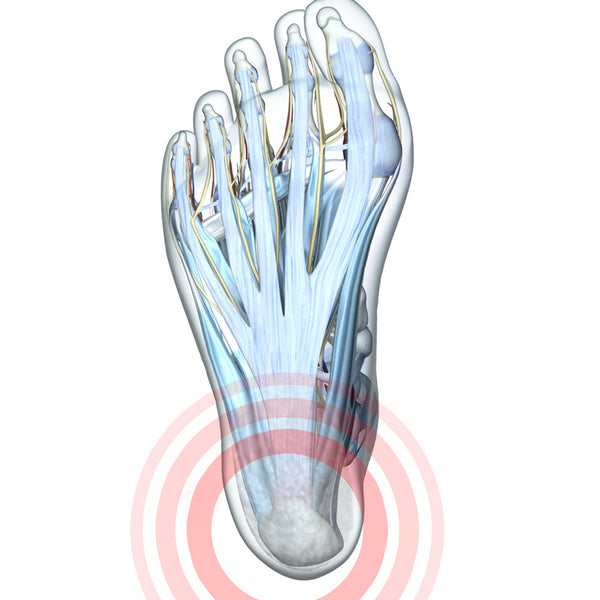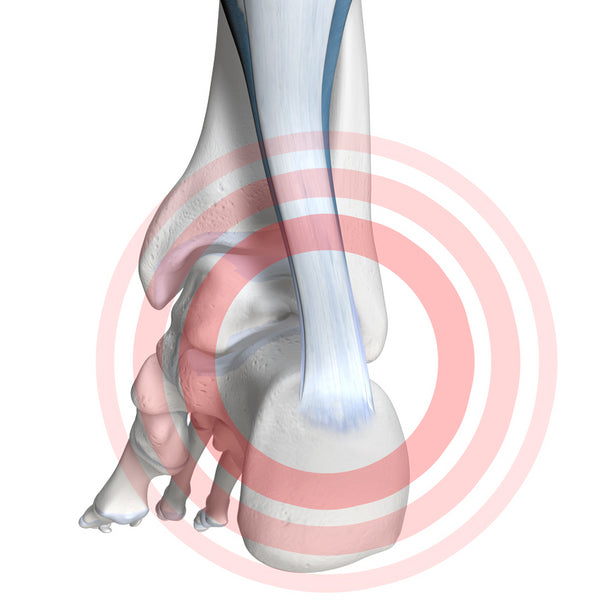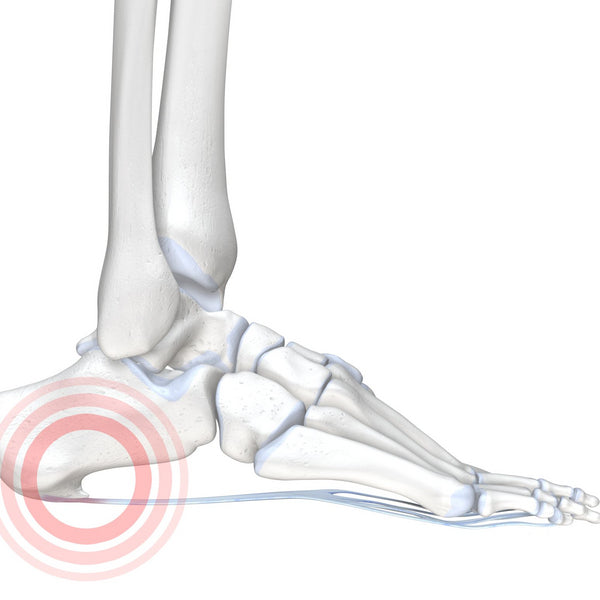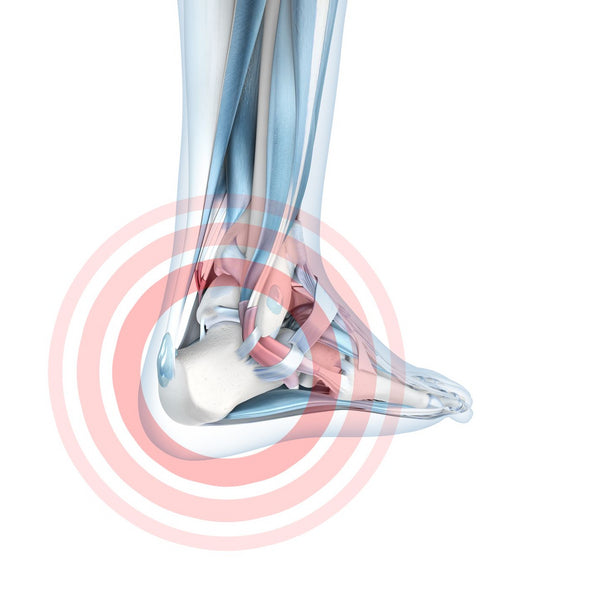Heel Pain - Causes, Diagnosis, Symptoms & Treatment
Pain in the heel Foot pain when stepping Home page Injury hub Heel Pain Heel Pain - Causes, Diagnosis, Symptoms & Treatment What is Heel Pain? The feet support the body’s weight and facilitates movement. The heel bone (Calcaneus) is the posterior part of our foot and performs crucial functions in our everyday life. This bone is optimized to evenly...
Read more











